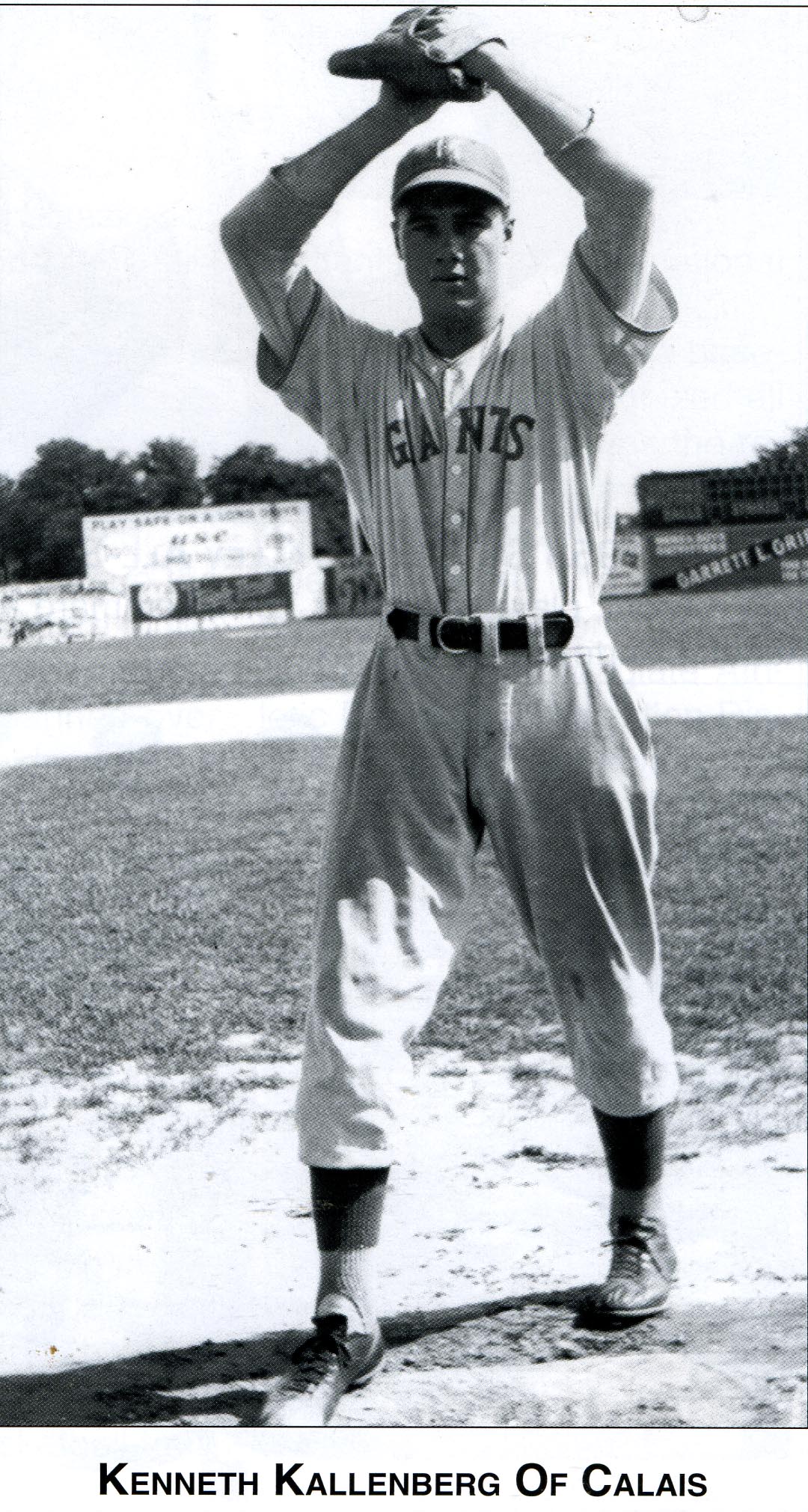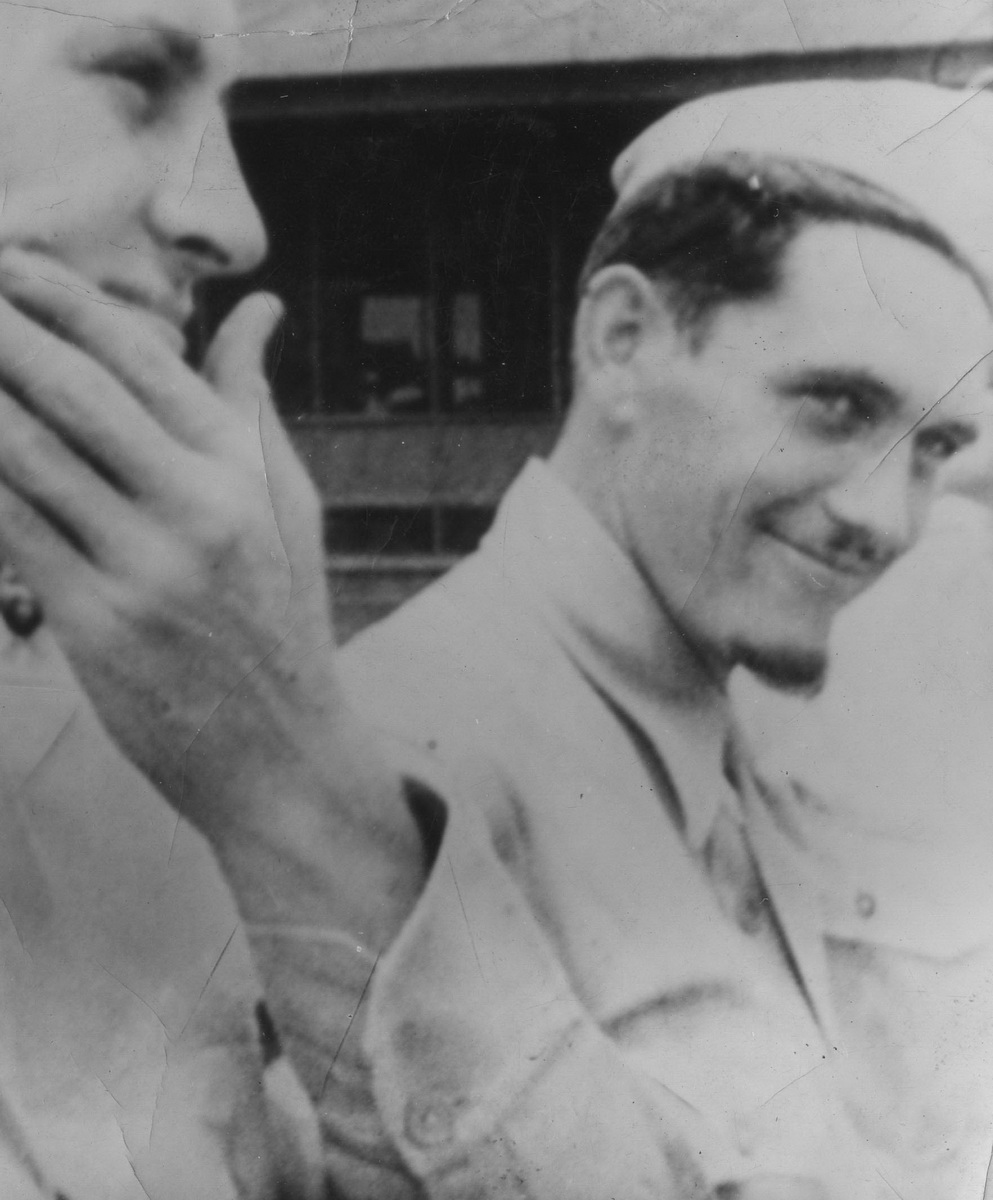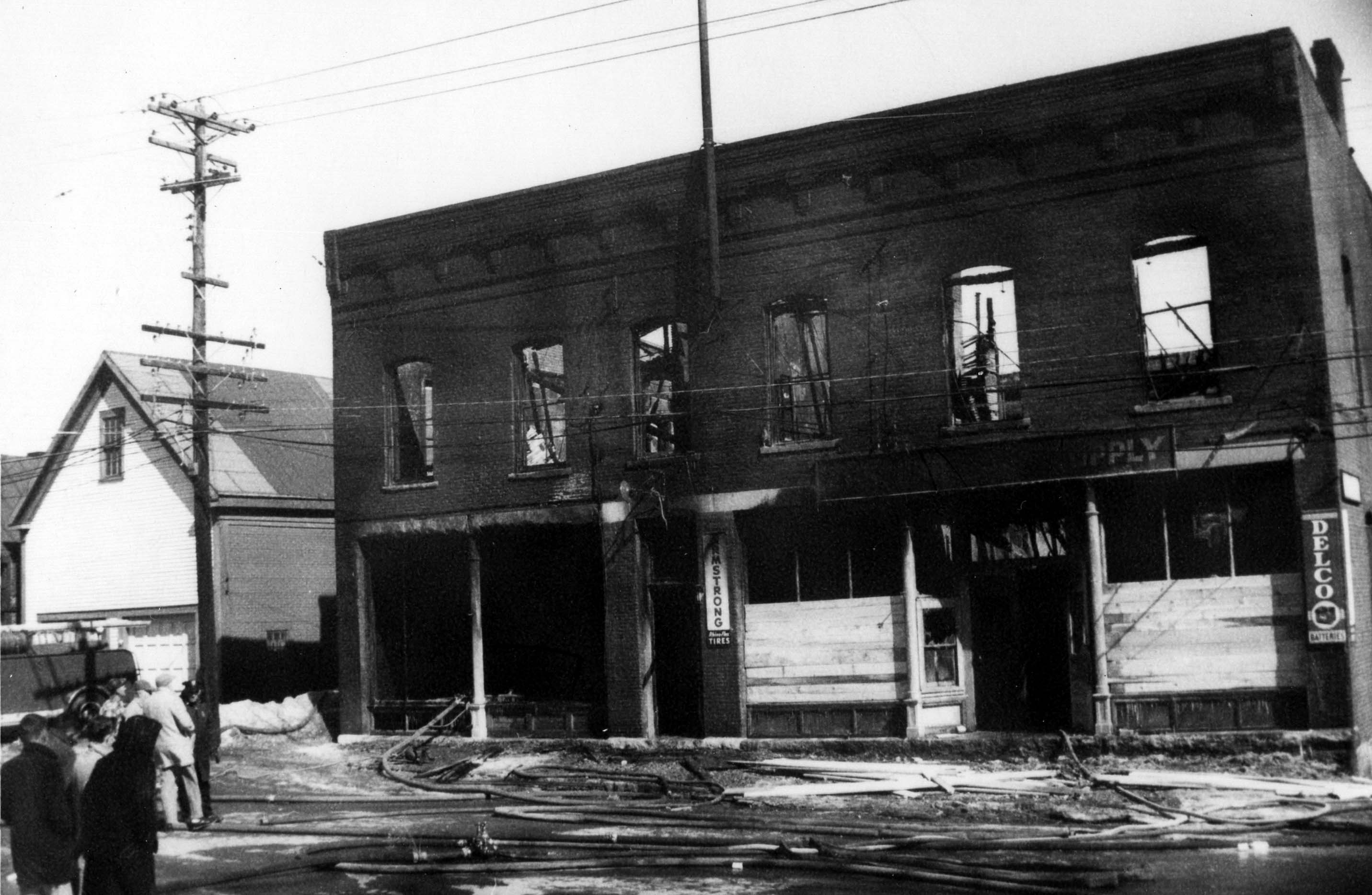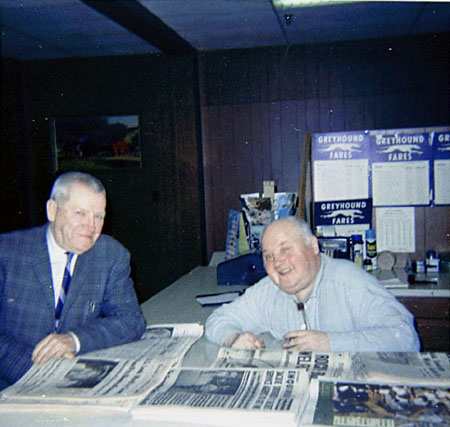We won’t attempt to summarize the important events of 1945 – the short list would be pages long. It is fair to say 1945 marked the end game in the most destructive war in history, that involving the European theater having been 1944 on the Eastern Front in Russia where 10 million Russian and 4 million German soldiers had died and in France in June of 1944 when the Allies landed in Normandy. Ironically three of the leaders of the principal belligerents, Franklin Roosevelt, Adolf Hitler and Benito Mussolini all died within a few weeks of one another in April and early May of 1945.
In St Croix Valley the news from the front was at times heartbreaking and sometimes joyful. Paul Cloney’s family who ran Town Taxi got word in February that Paul, a crewman on a bomber, had died on a mission in Italy. Malcolm ” Doc Foster’s family learned that “Doc” was not only alive but had been freed by Allied forces in the Philippines along with others who had survived of the Bataan Death March. A memorial service was held for Kenneth Anderson shot down over Truk in the South Pacific at the Second Baptist Church and the Alley family got word that their son Harold who had been reported missing in action in Italy was alive. Private Ernest Bower of Milltown was killed in action in Germany on March 17th just a couple of weeks before the end of the war and two boys from Woodland, Chester Carlisle and Ernest Scott survived the explosion of 200,000 pounds of ordinance which detonated in the hold of the U.S.S. Franklin when struck by Japanese bombs in the South Pacific. 800 sailors on the Franklin died in the explosion. Charles Carver on Germain Street was seriously wounded in Luxembourg and both Ken Kallenberg and Don Mitchell were wounded in combat. Private Floyd Hayden arrived home in July after a long stint in a German POW camp. He had been on the front lines only 5 days before he was captured. Of some of the above we know more than others.

Ken was perhaps the best baseball player Calais ever produced. He had all the tools required to play professional baseball. In the late 30s he was signed as a pitcher by the New York Giants. In two years in their minor league system he won 27 and lost 15. In 1940 he was 16-7 with a 3.20 earned run average.Drafted in 1940 he fought as an infantryman in the Pacific for the duration of the war where he was wounded three time and was awarded two Silver Stars. His first Silver Star commendation reads as follows:
By direction of the President under the provisions of the Act of Congress approved 9 July 19 a Silver Star Medal is awarded by the Commanding General 43d Infantry Division, to Staff Sergeant Kenneth A. Kallenberg, (31024396), Infantry United States Army. For gallantry in action against the enemy in the vicinity of Antipolo, Luzon, Philippine Island oh 14 March 1945. Sgt Kallenberg was the guide of a Demolition Squad operating on ‘‘Hand Grenade Hill” when fierce enemy rifle fire was encountered seriously wounding one of the squad members. The remainder of the squad was forced to seek cover, leaving the stricken man without protection and medical attention. Three unsuccessful attempts had been made by others to rescue the fallen comrade during which time four men were wounded. Sgt. Kallenberg, with utter disregard for his own safety, unhesitatingly volunteered to rescue his companion on the fourth attempt. Not knowing the exact location of the wounded man, he was forced to make several dashes in plain view of the enemy, exposing himself to the hostile rifle fire. Upon finally locating the stricken soldier, he called for two volunteer carriers, equipping each with two smoke-grenades. At his signal, the grenades were thrown and under the smoke screen the three men, led by Sgt. Kallenberg, dashed forward, reached the wounded companion and succeeded in bringing him to safety and medical attention. Home address: Mr. Arthur Kallenburg, (father) 36 Germain Street, Calais, Maine.
By command of Major General Wing: C. P. Robbins. Colonel, GSC, Chief of Staff. Official: Harry A. Dosch, Jr., Major, AGD, Adjutant
His injuries in the war prevented him from pursuing his baseball career. The last wound be suffered was on Luzon where the Advertiser reports on May 30 1945 that ” Ken has been wounded again in the bitter and bloody fighting on Luzon. A letter from Ken said that this time it was a fragment from a Jap shell in his right arm. He said it wasn’t serious and the doctors would have it out in a few days and that in a few more days he would be back with his unit.” As you can tell from the photo Ken was a righthander, a wound in his pitching arm was probably the end of his dreams of becoming a major league pitcher . He was productive and respected resident of Calais for the rest of his life. Ken died in 2011 at the age of 93.

Malcolm “Doc Foster” survived the Bataan Death March although no one knew that for sure until late in the war and it wasn’t until 1945 that he was rescued by Allied troops. He returned to Calais and worked at the Post Office. He died in a tragic fire at the St Croix Club in 1959.

In 1959 the upper part of the old St Croix Club was still used as a men’s club with a bowling alley in a portion of the downstairs. Doc Foster died in this fire which was described in the Advertiser as follows:
At the time of the fire, March 23, 1959, a portion of the downstairs was being rented out to Eastern Auto Supply. The left side of the building, street level, contained the bowling alley, the right side Eastern Auto and the upstairs the club rooms, card room, pool room, kitchen etc. Gordon Lord recalls bowling at the club the night of the fire but he went home early in the evening leaving a number of men at the club, including Doc Foster. Bunny Robb, Gary Frost, George Breen and Bernard Rigley were also at the club and all had gone upstairs to the club room. According to the newspaper report at about 11:30 the men realized smoke was coming up the stairway from the bowling alley. Bernard Rigley ran down the stairs and looked into the bowling alley through the glass door and saw flames. He opened the door onto the street just as the front windows of the building blew out in a terrific explosion and the entire building was engulfed in flames. Bernard and Tony Pisani, who owned the store across the street, ran to the outside fire escape in an attempt to help those on the second floor. Bunny Robb and Gary Frost were just then barrelling down the fire escape, George Breen had jumped from the second story window into the alley next to the club, seriously injuring his back. Bernard and Tony Pisani ran up the fire escape calling Doc Foster’s name and heard Doc respond “I can’t make it” and Doc, who had made it through the Bataan Death March, was right, the fire was just too intense. He died, according to the death certificate, in two minutes of the outbreak of the fire from smoke inhalation and second degree burns.
An investigation found the fire had started in a broom closet under the stairs, the same broom closet in which a fire had begun fifty years earlier which gutted the inside of the club.
Don Mitchell was wounded in three places during the last push into Germany. He spent a good deal of time in a military hospital but returned to Calais where he was a very popular fellow, serving on the City Council and becoming involved in local sports. His collection of local sports photos is now in Historical Society collection. In this photo he is jawing with Bunny Levy at the Greyhound Bus counter in the St Croix Hotel.

